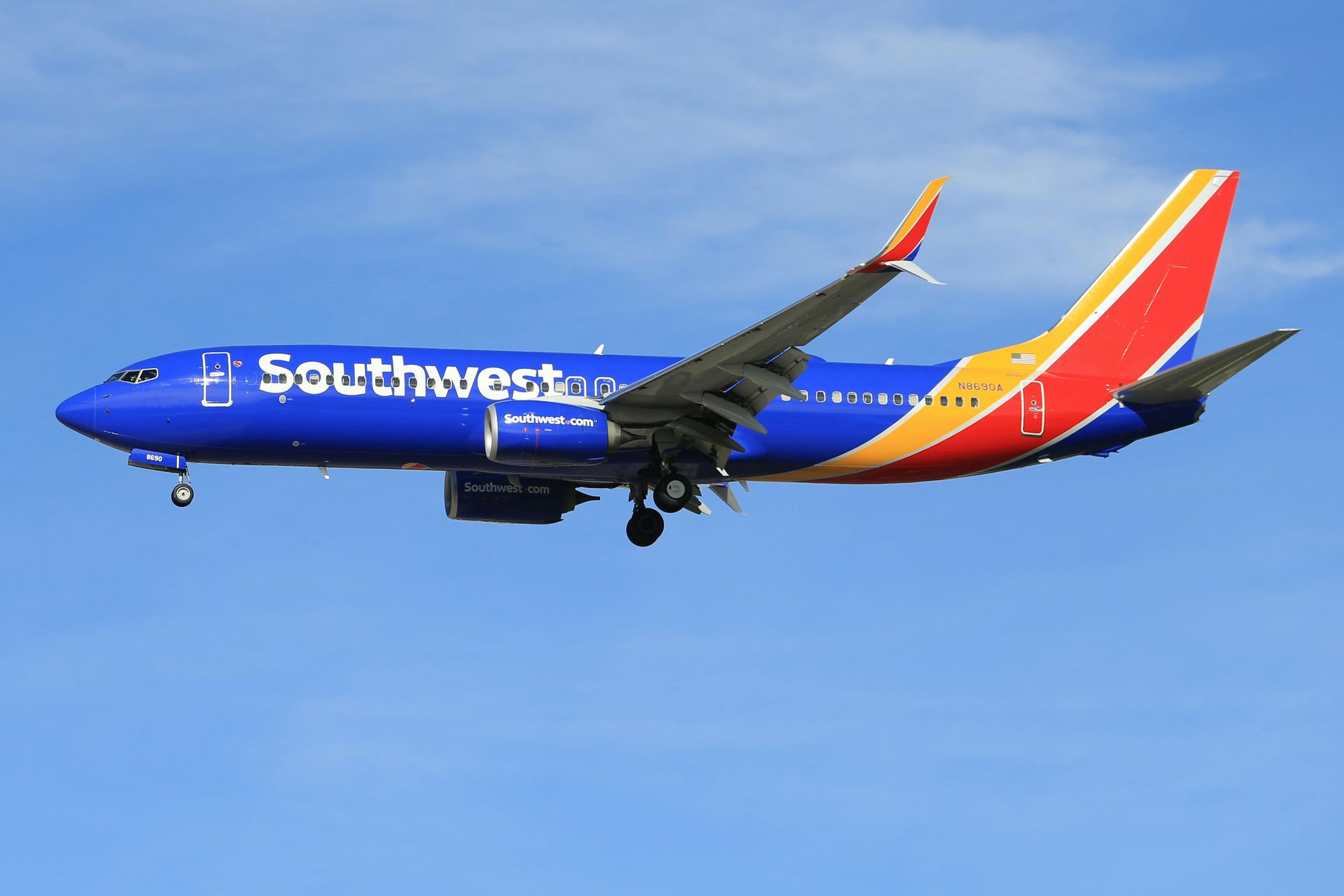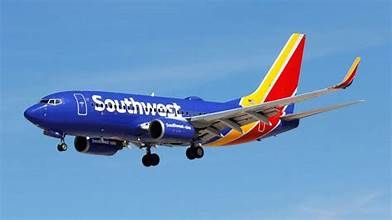How Much Return Can You Expect from Your Points and Miles Portfolio?
Part III of a three-part series on the Points and Miles "Portfolio"
This is the third part of a three-part series “Your Points and Miles ‘Portfolio.’” On Monday, I discussed key principles for building and protecting your points and miles portfolio. Yesterday, the focus was on evaluating the portfolio. Today’s post will discuss how to assess the “return” of your portfolio.
The previous posts in this series have discussed the idea of seeing your points and miles as you might see an investment portfolio, the principles for creating this portfolio, and an approach to determining its value.
The last piece will focus on the idea of the return on your points and miles. With an investment portfolio, you want to see growth, even if you are not adding funds to it. A points and miles “portfolio” can grow simply because you are spending money with credit cards.
While growth is a given, the actual return – what you are getting in travel value relative to the amount you are spending on your credit cards – is what matters. Greater return means that you are getting more free or reduced cost travel from your routine spending. But return is also important from the standpoint that credit cards can have annual fees and you need to spend at least a little time keeping up with your points and miles.
There are cards that do not have annual fees that can generate a two percent return so, if you are paying annual fees, you definitely want to see a return that is appreciably better than two percent.
This is the formula I use to determine my return:
FMV of Travel + Value of Benefits – Annual Card Fees – Interest/other fees
Return = ____________________________________________________________________
Total amount of spending put on credit cards
Where:
- FMV of Travel = the fair market value (actual price) you would pay in cash for the flight or hotel room at the time you make a redemption minus any taxes or fees you may have to pay that are not covered by the redemption. (Ex: With airline ticket redemptions, you must pay a TSA fee of $5.60 per one-way ticket/$11.20 round trip. There are also taxes and fees you cannot avoid when using miles for international travel.).
- Value of Benefits = perks, discounts, etc. that are offered by a credit card. These can include: checked bag fees, food vouchers, lounge access, and Global Entry/TSA Pre-check application fees.
- Annual Card Fees = Annual membership fees that are not optional. This would include authorized user fees which can be assessed for cards offering premium benefits.
- Interest/other fees = interest charged if you carry a balance, late fees, fees for exceeding your credit limit, and other fees that should be avoided. (If you tend to carry a balance, interest charges could wipe out any value you are getting from your program and you should be looking for credit cards with the lowest rates.)
Again, if you are interested in travel rewards, you should be getting more than the two percent return you can get with a simple (and free) cashback card. Otherwise, there is no reason to pursue travel rewards. But, eight years of experience has shown me that if you want to travel, travel rewards deliver considerable value beyond that two percent.
When I ran this return calculation for Ms. Optimizer and myself, our 2023 return came out to 10.8 percent. In other words, for every dollar we spent last year on a credit card, we got about 11 cents back in travel value.
I would add a couple of important points.
- For my calculation, I did NOT include any benefits (checked baggage fees, upgrades, Uber discounts, lounge visits, etc.) in my calculation. They tend to be many small amounts that are hard to price individually but they do add up. I would estimate that, if included, they would increase our return beyond 11 percent.
- We tend to grab at least two sign-up bonuses (SUB) between us each year. We only took advantage of one last year, so we were not relying on multiple SUBs to boost our return.
- In case you were wondering, these returns in the form of free travel are not taxable. Because you are spending money to get the points, including the large new cardmember bonuses, your points and miles are considered rebates, not taxable income or gifts.
Obviously, if we create a Travel Rewards Optimizer plan for you, we cannot guarantee any specific amount of return. However, we are confident that the travel value you receive will easily exceed the flat fee we charge for your TRO plan.
Whether you choose to ever use our services or not, I hope this week’s three-part series has demonstrated the potential of points and miles. With regards to travel, it has been a game changer for me and my clients.
We are ready to help you turn your routine credit card spending into the travel of your dreams.











